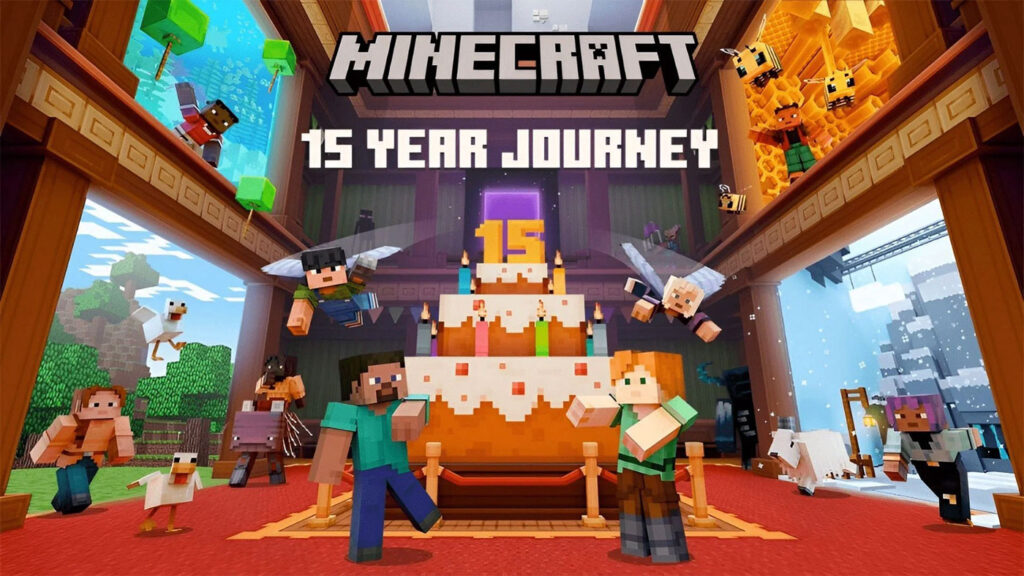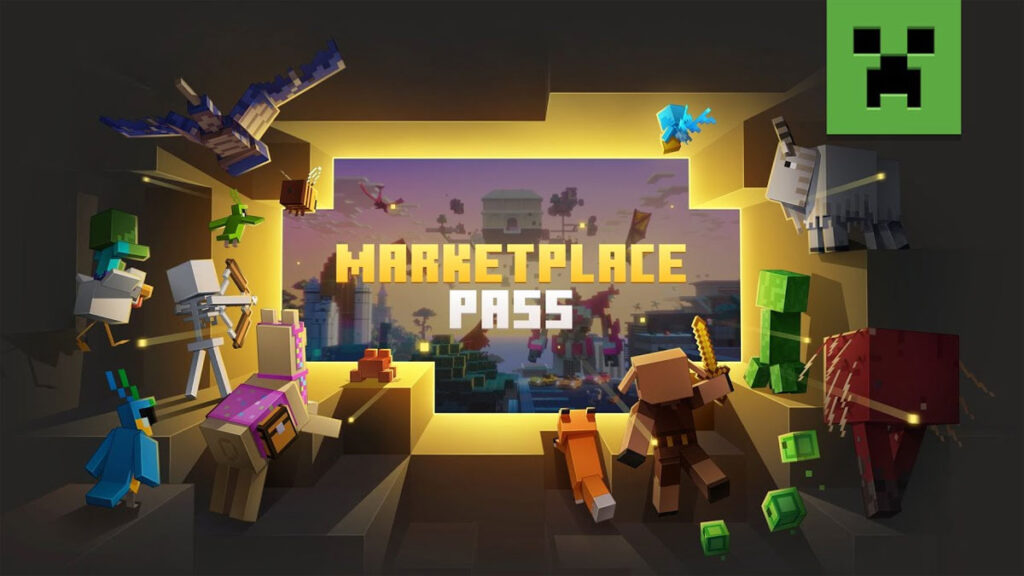The biggest block-based video game in the world is marking its 15th birthday and millions around the globe are celebrating with it. Over the years since its release, the sandbox survival title has managed to become a true phenomenon. Minecraft is more than just a game; it’s a cultural juggernaut with over 200 million copies sold and 126 million monthly active players. Gamers of all ages dig through its endless worlds, crafting, building, and battling mobs. With its simple yet addictive gameplay, it’s no wonder that Minecraft streams consistently top Twitch charts, and mods and community creations keep expanding the game’s universe. From pixel art to complex Redstone contraptions, the creativity it inspires is limitless.

Today, its popularity seems unshakable, along with its ability to attract new players, especially the crucial younger crowds. At the same time, its strong commitment to user-generated content and the older, more creation-oriented audience is allowing it to stay in the important gaming industry race for the first working version of a gaming metaverse.
Year 16 of Minecraft
As Microsoft and Mojang, the owner and the developer of the Minecraft gaming franchise, enter their 16th year of operation, both companies seem to be content with their current position in the gaming market. Behind them is another 12 months of financial success, as well as a vibrant community.

To mark the birthday celebration, Minecraft players got free access to regular free items between May 15 and May 29, 2024, along with a new map and other digital goodies on its Marketplace. The community, in turn, is also the bedrock for the continued development of the UGC strategy for both Microsoft and Mojang. The diversity of players engaged with the sandbox title is also setting the foundation for the potential new massive wave of Minecraft user-generated content.
Players Demographic Cohorts
Minecraft’s popularity brought in some interesting results since its launch. For example, many of its core players have been engaged with the game since it came out in 2009. A gamer who began playing the game as a teenager, could now be an adult, introducing their kids to the game. Talk about growing up with a game. Still, the majority of Minecraft’s players are 15-21 years old. This group makes up about 43 percent of the user base. Those younger than 15 years, make up just below 21 percent. For a user-generated content strategy, however, the key demographic group is the one that includes players between the age of 22 and 30. These are around 21 percent of the user base. In general, somewhat older players are those who take on the challenges of making user-generated content.

They need to learn the tooling system first, but they have the organizational and even business skills to stick with the content creation. The most successful UGC creators eventually turn their efforts into a monetized venture. While many younger players will try their hand at UGC, the overall dynamics of their lives – education, extracurricular activities, etc. – make them statistically less likely to work on their content in the long run. However, Minecraft has the older demographic locked in, and a new development in terms of the game’s accessibility could provide an even bigger boon to user-made experience.
Steam and Minecraft
To create a working version of a gaming metaverse, the game has to be as accessible as possible. Right now, Roblox and Fortnite are both trying to do the same through their free-to-play systems. Minecraft, on the other hand, kept its premium model and while some versions can be found online for free, the Minecraft Java Edition is still a paid version. That made Minecraft the best-selling game of all time, with over 300 million shipped copies.
Interestingly, the game could be coming to Steam, the biggest PC platform for video games. This is still a rumor, but the Xbox Game Pass also has a mention of Steam. In that case, the game could connect to Steam Workshop, a custom platform for modding, further aiding the discoverability of Minecraft mods and the potential for players to create new ones. Additionally, having the game on Steam could offer access to Steam Deck, the platform’s mobile handheld device, and even more players. The combination of these factors offers a good support structure for the next phase of Minecraft UGC expansion. At the moment, it’s hard to see how Minecraft can outmatch its metaverse rivals, which are free-to-play, but if any paid gaming ecosystem could pull that off, it’s Minecraft!
